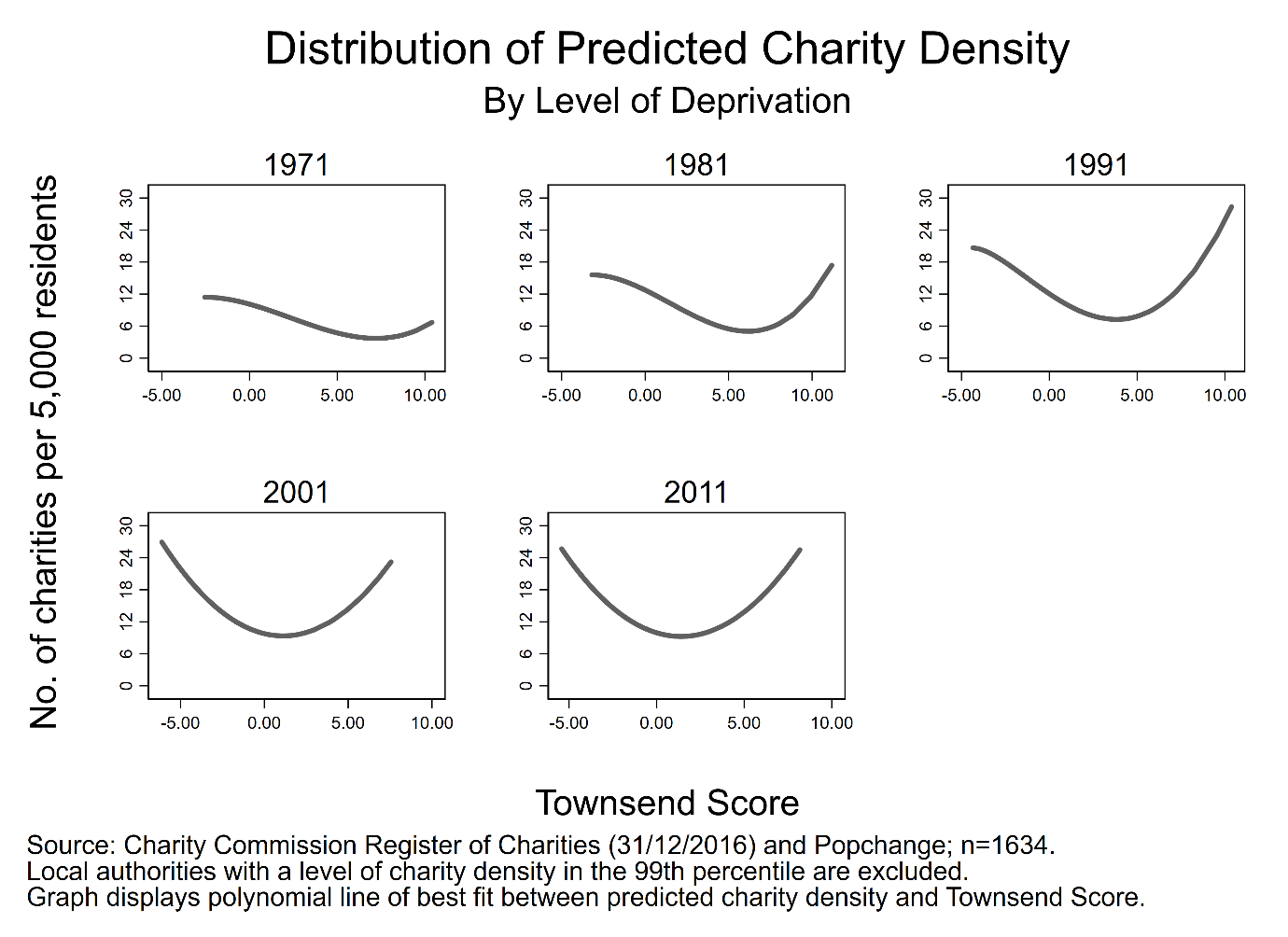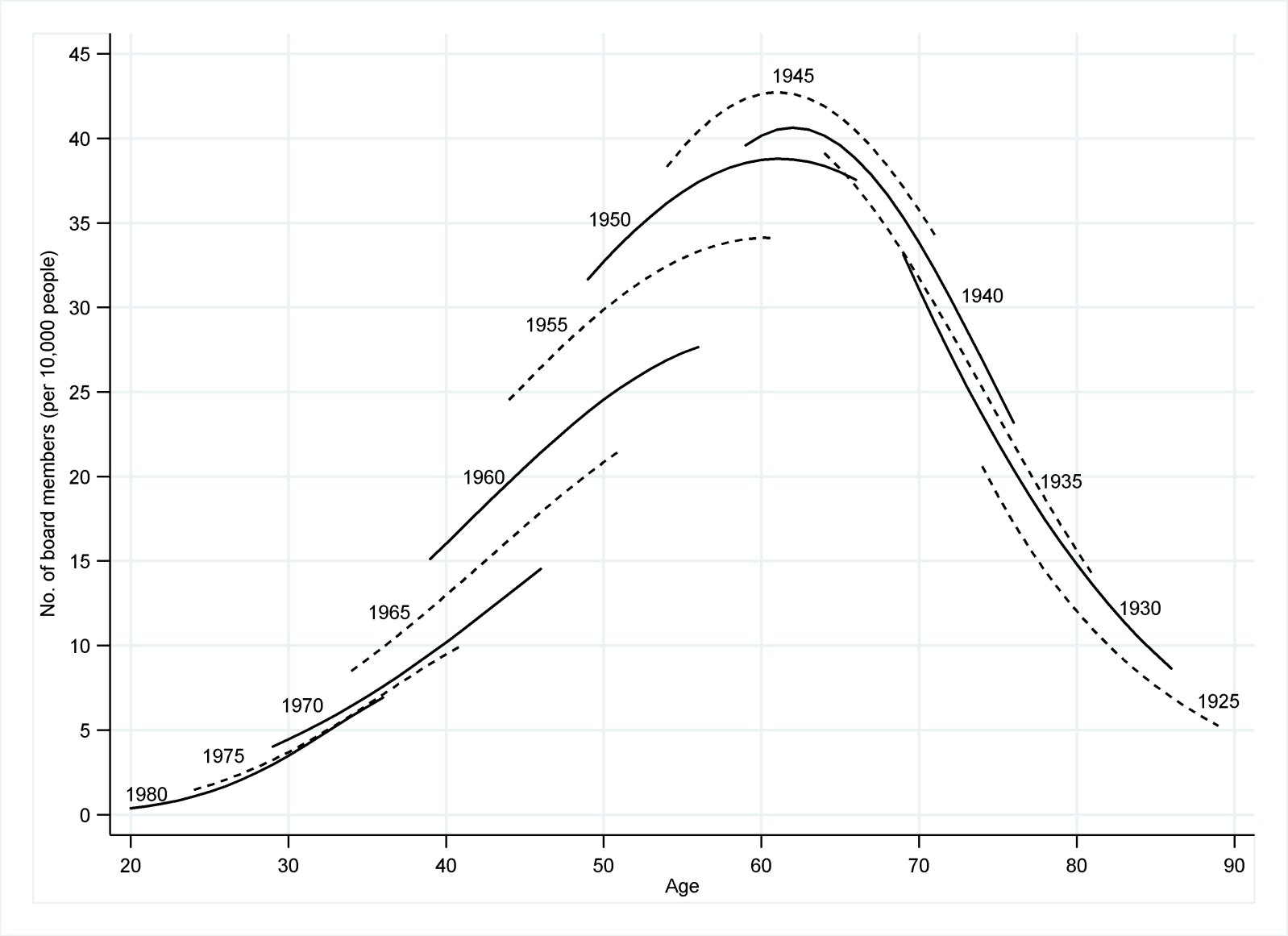Sectoral Data: Introduction¶
In this section we outline some of the key sectoral data resources about the VCSE sector, highlight how they have been used by social scientists and others to provide important insights, and pose a number of questions whose answers could prove valuable to VCSE organisations.
What is available?¶
Thanks to the dedicated (and often unrecognised) work of regulators, funders, infrastructure bodies and others, there is now an abundance of data available on the Voluntary, Community and Social Enterprise (VCSE) sector in Britain. We term this sectoral data as it describes the shape and activities of the VCSE sector at an aggregate level. For example, Charity Commission for England and Wales’ data resources provide the foundation for learning about the more than 160,000 registered charities operating in this jurisdiction.
Regulators¶
The main sources of information on UK charities are the Charity Commission for England and Wales (CCEW), and the Scottish Charity Regulator (OSCR). Both have recently made improvements to their public search tools and data downloads:
Charity Commission for England and Wales:
Public search tool — https://register-of-charities.charitycommission.gov.uk/charity-search
Data download — https://register-of-charities.charitycommission.gov.uk/register/full-register-download
Scottish Charity Regulator:
Public search tool — https://www.oscr.org.uk/about-charities/search-the-register/register-search/
Data download — https://www.oscr.org.uk/about-charities/search-the-register/charity-register-download/
Companies House, the registrar of UK companies, is another excellent source of information on incorporated VCSE organisations more widely (not just charities). Companies House provides rich information on board members (trustees), financial histories, industrial classification and more: https://find-and-update.company-information.service.gov.uk/
For those with more programming experience, you can also request data through the Companies House API: https://developer.company-information.service.gov.uk/api/docs/
Funders¶
A much welcomed recent development was the establishment of 360Giving, a charity that has worked extensively with UK funders to make the grants data they hold more open and standardised:
Public search tool — https://grantnav.threesixtygiving.org/
Data download — https://data.threesixtygiving.org/
360Giving has also had recent success in working with UK Government to publicly share some of its grants data: https://www.threesixtygiving.org/2020/11/02/the-uk-government-has-published-its-2018-19-grants-data-in-the-360giving-data-standard/
Data Enthusiasts/Experts¶
There are many projects and resources that provide more intuitive and insightful access to data about the VCSE sector:
Charitybase — an incredibly rich database of information about registered charities in England and Wales, it has done much of the hard work of collecting, cleaning, linking and analysing some of the data resources outlined above. This resource is particularly valuable if you have some basic programming skills that allow you to access the data through the Charitybase API.
Find that Charity — one of the most complete databases of VCSE organisations in the UK, Find that Charity allows you to search by name for a host of organisations such as registered and de-registered charities, Community Interest Companies, sports clubs, universities etc. Of particular value is the ability of Find that Charity to link multiple unique identifiers to a single organisation e.g., an old charity number defunct thanks to a merger.
How is it used?¶
Academics and researchers in the social sciences have made productive and impactful use of the above data resources:
Density¶
The distribution of charitable organisations in an equitable and socially-just manner is a long-standing policy concern in the UK and many other jurisdictions. Geographic variations are important as they are linked to potentially-inequitable service provision and opportunities for participation in voluntary activities.
McDonnell, Mohan and Norman (2020) linked large-scale administrative data on charities registered in England and Wales with local authority-level measures of material deprivation for five UK census years (1971-2011). In general, charity density is highest in the least deprived local authorities but this varies across different types of organisation and census year. For example, the figure below demonstrates that increasingly it is the most and least deprived local authorities that have the highest numbers of charities per 5000 residents.

McDonnell, D., Mohan, J., and Norman, P. (2020). Charity Density and Social Need: A Longitudinal Perspective. Nonprofit and Voluntary Sector Quarterly, https://doi.org/10.1177/0899764020911199.
Volunteering¶
Sociological interest in volunteering has grown considerably in recent decades. At the individual level there is interest in the extent to which volunteering has positive implications for employment, health and wellbeing. As a collective activity there is interest in the role that volunteering plays in promoting social integration and in the development of civic skills, values and behaviours. As a productive activity there is a focus on how volunteering contributes to the provision of social welfare and to tackling social problems.
Clifford’s (2020) work combined data from Companies House and Charity Commission for England and Wales to examine trends over time in the propensity to volunteer as a charitable trustee in England and Wales.
The graph below reveals a distinctive inverted U-shaped age pattern in trustee board membership: the proportion of people serving peaks at around the age of 60 while low proportions serve in early adulthood and at the oldest ages.

Clifford, D. (2020). Serving as a Charitable Trustee in England and Wales: Trends in Volunteering by Birth Cohort. Sociology, doi: https://doi.org/10.1177%2F0038038520937596
Why use these data resources?¶
The benefits of making better use of your own data are well established, and — so what is the case for an individual VCSE organisation to engage with sectoral data? The obvious response is to go view the case study in this section, which provides a robust and impactful example. In addition, we feel the following are important questions that could be answered using sectoral data:
Who could we collaborate with?
Which funders should we be targetting (and what projects do they fund)?
How do we compare to our peers in terms of board / income diversity?